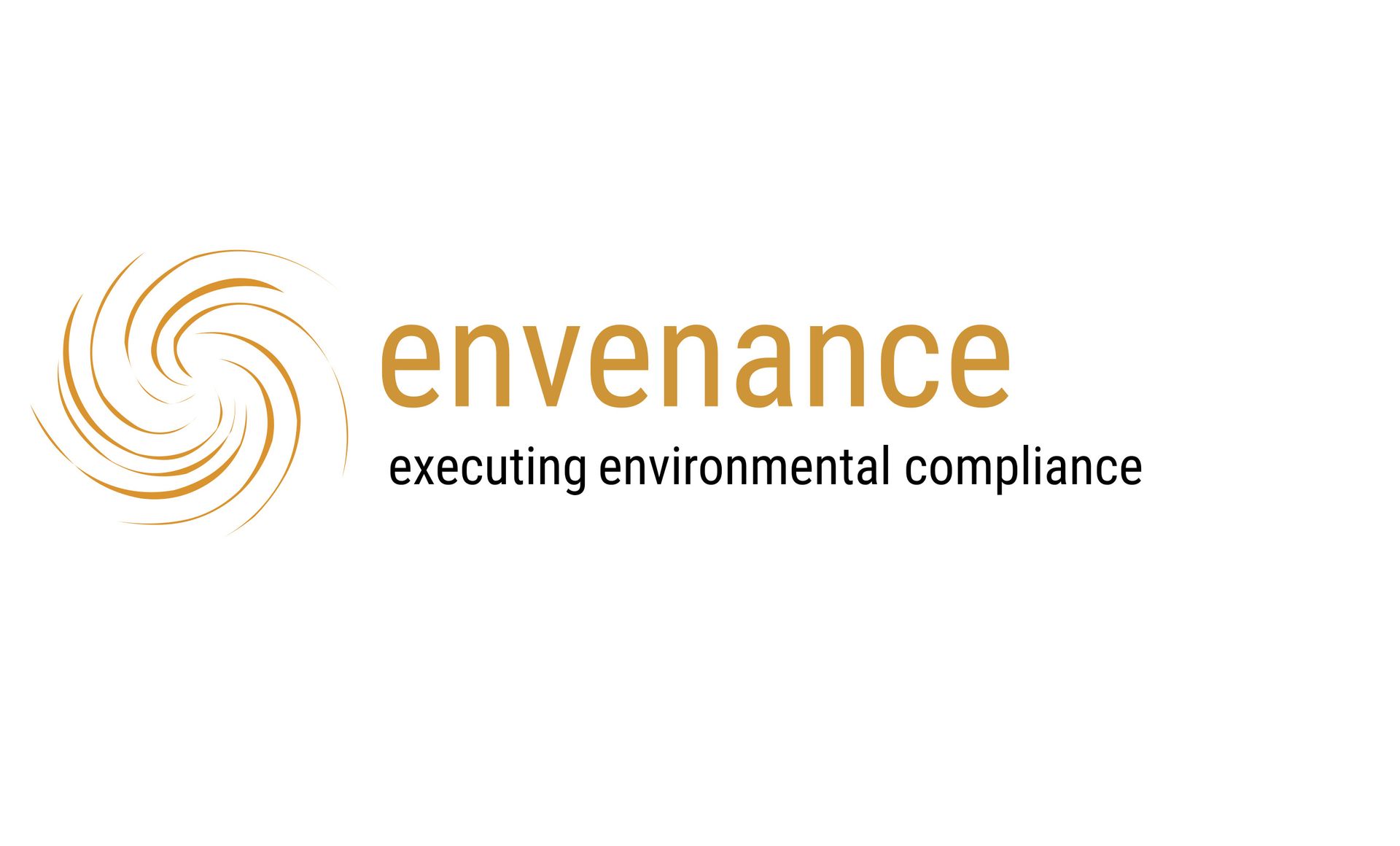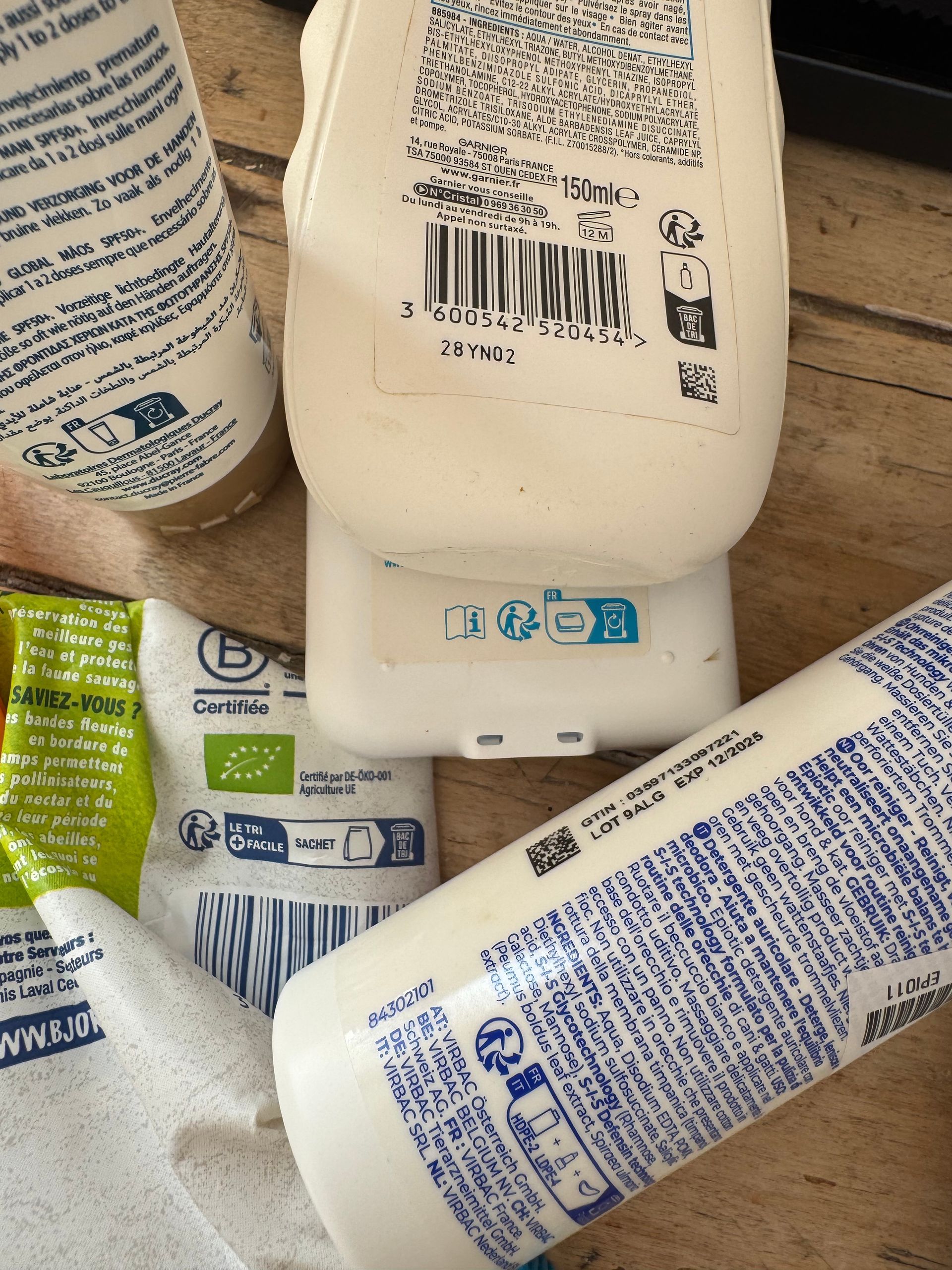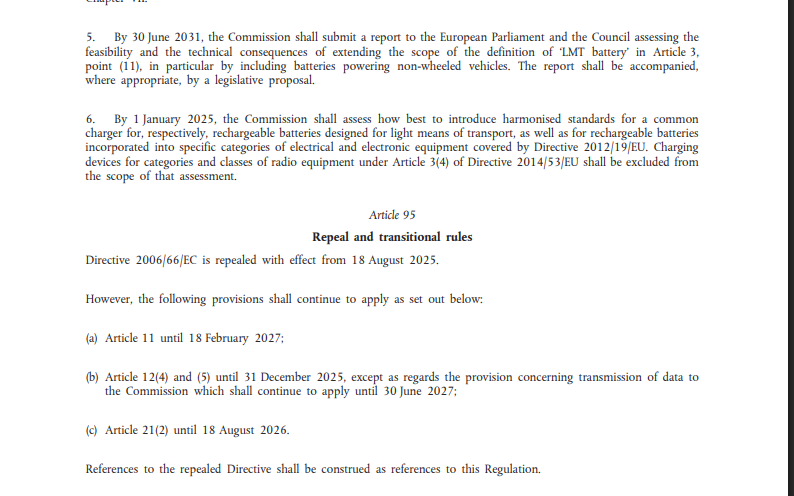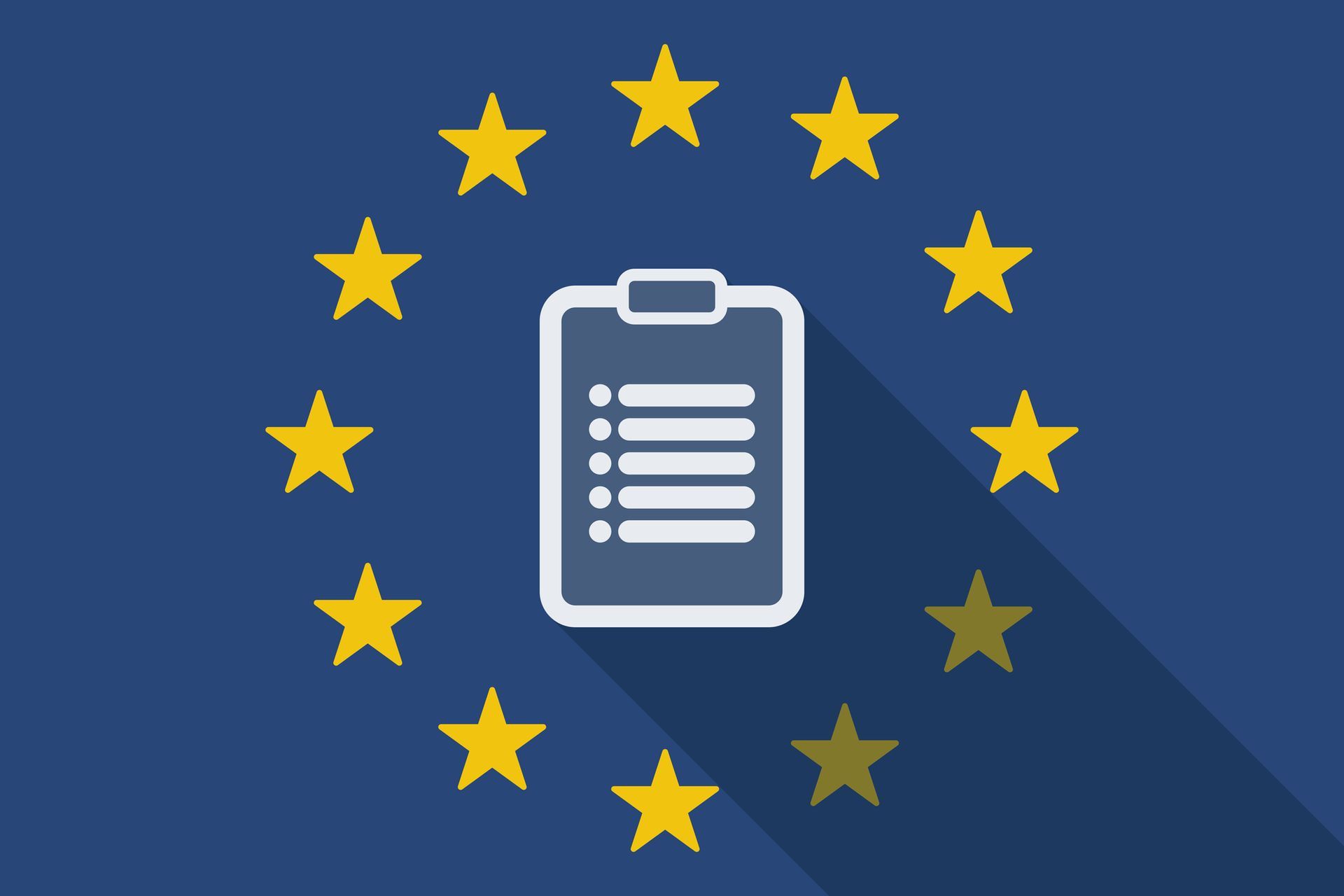Switzerland Closes Gap in Extended Producer Responsibility for Packaging
envenance on compliance.
With the introduction of the new Packaging Ordinance (VerpV), Switzerland is finally closing a long-standing regulatory gap: for the first time, Extended Producer Responsibility (EPR) will be legally extended to all types and materials of packaging—bringing Swiss regulation closer in line with EU standards and addressing urgent environmental challenges.
Outdated Regulation, New Realities
Until now, Swiss legislation only regulated beverage packaging through the Packaging Ordinance (VGV), last revised in 2000. This made Switzerland the only country in Western Europe without a comprehensive EPR regime. However, reality has overtaken regulation: in 2022 alone, Switzerland generated around 1.5 million tons of packaging waste, including 350,000 tons of plastic. Despite this, environmental costs have not been internalized in production pricing. The Swiss Federal Office for the Environment (BAFU) estimates that avoidable external costs could reach CHF 2 billion per year by 2030.
The Packaging Ordinance as a Gamechanger
The new
Packaging Ordinance (VerpV) brings long-awaited change: it
legally embeds the principle of Extended Producer Responsibility into Swiss law. Under the new rules, producers and distributors must:
- introduce recyclable and resource-efficient packaging into the market,
- take back and ensure the disposal of the packaging they put into circulation,
- co-finance waste management, for example through advance disposal fees (up to CHF 0.10 per glass unit),
- and comply with reporting and labeling obligations, particularly for beverage packaging.
Unlike the much more detailed EU Packaging and Packaging Waste Regulation (PPWR)—which will also affect Swiss exporters—the Swiss VerpV is leaner, comprising just 12 pages. It follows the same life-cycle approach, aiming to reduce environmental impacts from production to disposal, but with less administrative complexity.
Political and Regulatory Context
The basis for this reform is parliamentary initiative 20.433 "Strengthening the Swiss Circular Economy", which aims to adapt the Swiss economy to the state of the art and align with international regulations. The initiative emphasizes a holistic approach: the entire packaging value chain is to be addressed to unlock ecological and economic potential.
Switzerland is also reacting to external regulatory pressure, especially from the EU. As the PPWR becomes binding for all products sold in the European Single Market, Swiss companies exporting to the EU will have to comply—but without corresponding environmental and cost benefits at home. The VerpV now creates a more balanced framework.
Sources.
Der Schweizerische Bundesrat: Verordnung über Verpackungen (Verpackungsverordnung, VerpV)
What Happens Next?
On June 25, 2025, the Swiss Federal Council launched the public consultation for the VerpV, which will run until October 16, 2025. The ordinance is scheduled to enter into force gradually starting January 1, 2027, giving affected businesses sufficient time to prepare for the new obligations.
envenance will continue to monitor developments around the Packaging Ordinance and keep you informed. If you have questions about implementing the VerpV or preparing for PPWR compliance in your EU exports, our team is here to help. Contact us!













